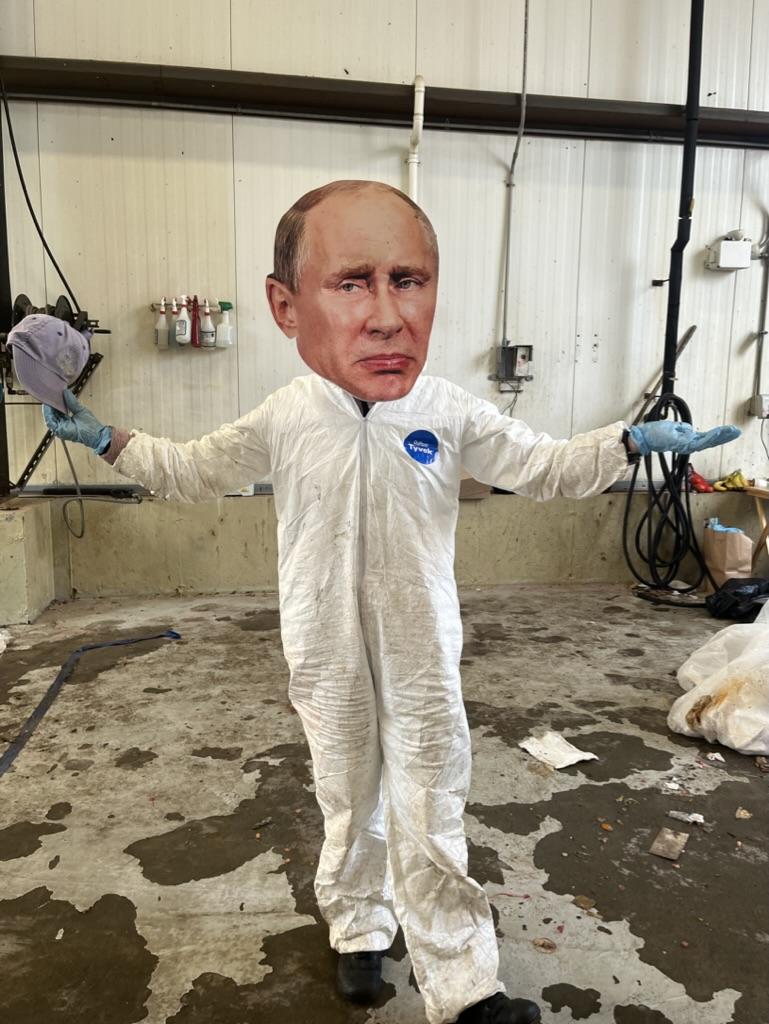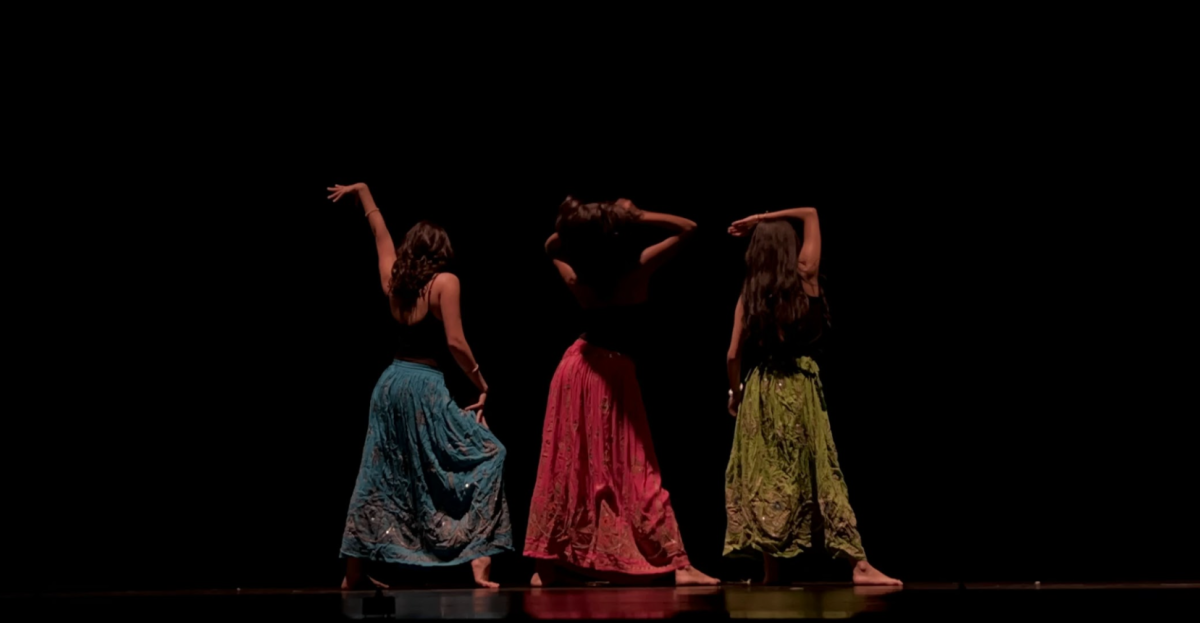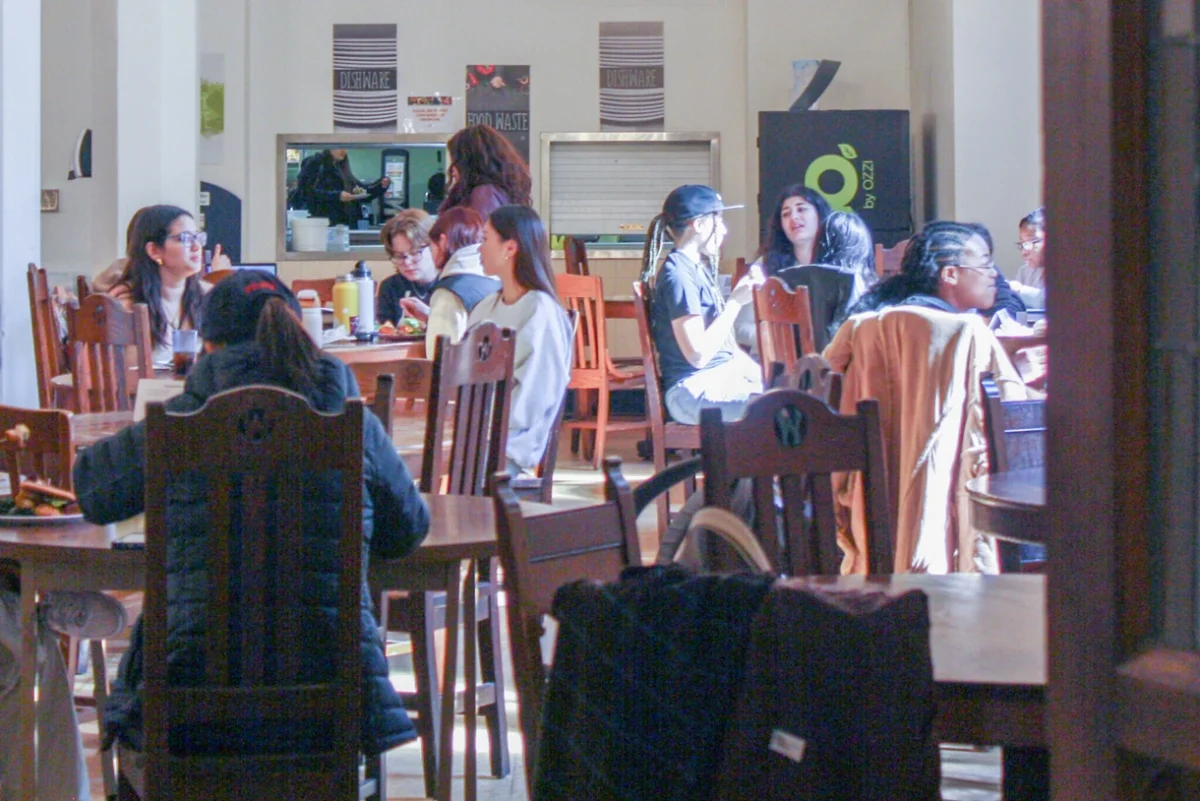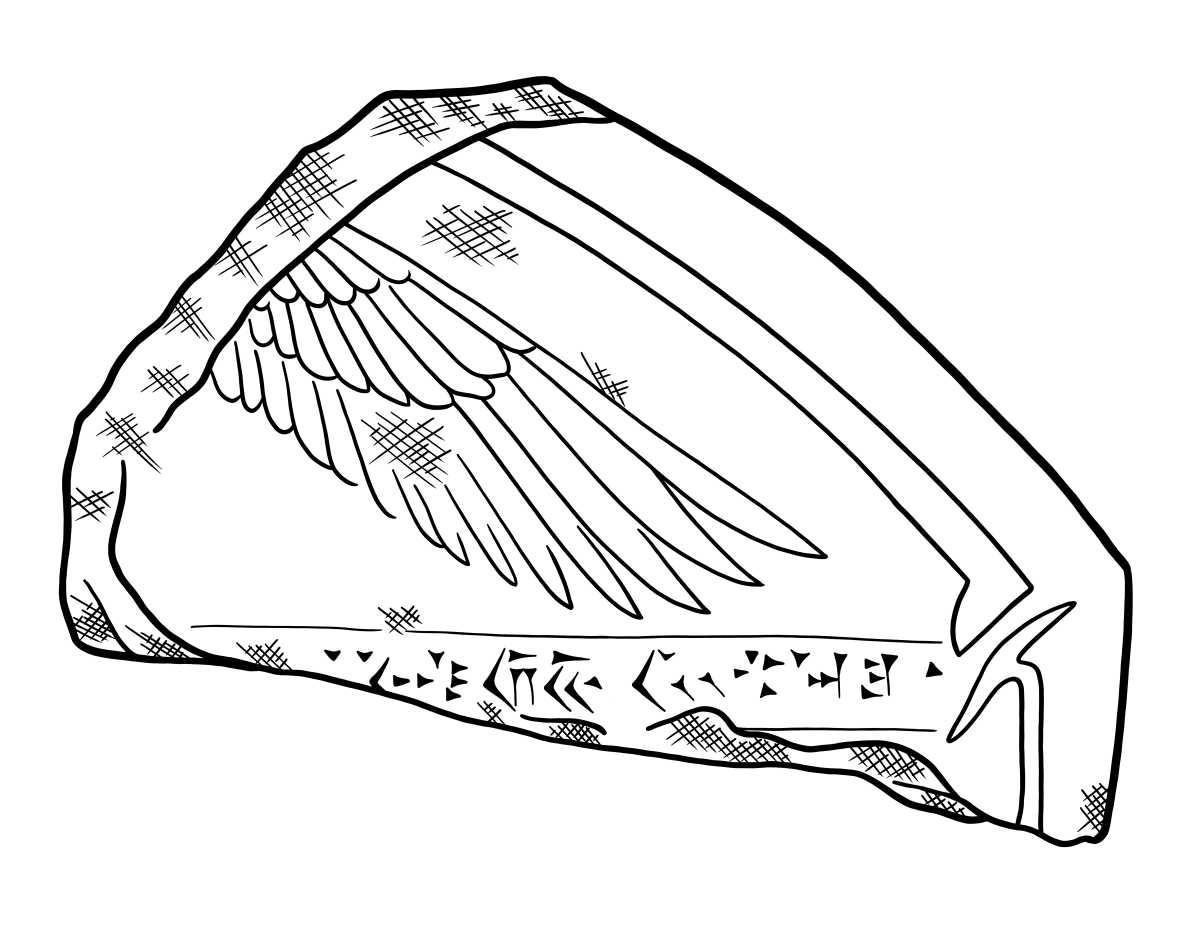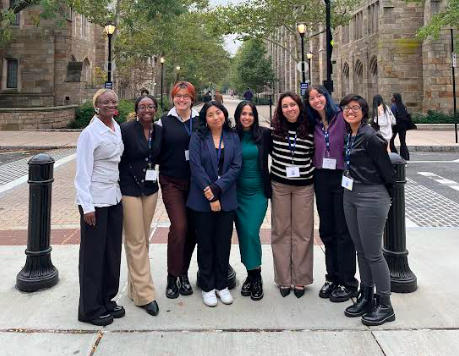On March 8, ES 300: Environmental Decision-making students and volunteers donned white hazmat suits and gloves to sort through a week’s worth of the College’s trash. This included everything from food scraps to paper towels to the distinct McDonald’s delivery bags. The class and volunteers were separated into different teams, all in charge of collecting separate types of waste: food, hard plastics, trash or glass. The group spent over four hours in the wash bay at the Nehoiden Golf Course, as described by volunteer Phaedra Plank ’24, “The people in the class … were kind of warriors, and it was yucky out there.” This kind of project happens every year with the capstone, as Abigail George ’23, overall project manager, explains.
“The way the class has worked in the past, and [the way it works] currently, is that the class takes on a project to try to address some environmental issue on Wellesley’s campus,” George said. “In the past, we had one focus on recycling at Wellesley and one focus on composting, and the one this year … is focusing on waste reduction and waste diversion more generally on campus.”
The waste audit is one of the ways ES 300 can collect data to show what waste on campus is generally composed of. To get a diversity of waste, the class selected Bates and Green Halls to audit; Bates Hall has both dining and residential waste, while Green Hall has administrative and academic waste, which they could then use to extrapolate information about overall trends. Using a week’s worth of waste, groups of students in the class sorted through to broadly group items, such as compostables, recyclables and trash, with the help of a few volunteers. These groups were then further organized to get specific insights on what kind of waste was most prevalent. Luka Pearson ’23, the overall data manager of the project, broke down the actual data in an email correspondence.
“We found that of all waste placed in the trash, approximately 27% is plastics, 19% is food scraps, 18% is disposable dishware and food packaging, 6% is paper, 6% is glass, 1% is metals, 1% is durable goods, 1% is textiles and 21% is other miscellaneous waste,” they wrote. “Out of all waste placed in the trash, we believe 42% is correctly placed, 36% could be recycled and 22% could be composted.”
Pearson explained that these are only the preliminary calculations from the waste audit. For more in depth information, the class will be authoring a final report that is posted on the College’s website under Environmental Studies, Greening Wellesley, on the page ES 300. They also performed a recycling audit, and the results from that will also be included in the final report.
While the students in the class were prepared with the general scope of the project and data from previous classes, the audit was open to volunteers due to the scope of work required. Plank found out about the opportunity through their friend, Maddie Speagle ’24, who was taking the class and invited them to join. Having helped to found a club about environmental science in high school, Plank was interested in helping and seeing some of the more unique things that can be found discarded on-campus.
“I actually have a succulent right now that I’m trying to nurse to life that I found in one of the trash bags. It’s not going great, but she’s still alive and I am doing everything I can to keep her that way,” Plank said. “Otherwise there was just a lot of papers, a lot of weird food … Wellesley’s got weird waste, and I’m proud to say that.”

